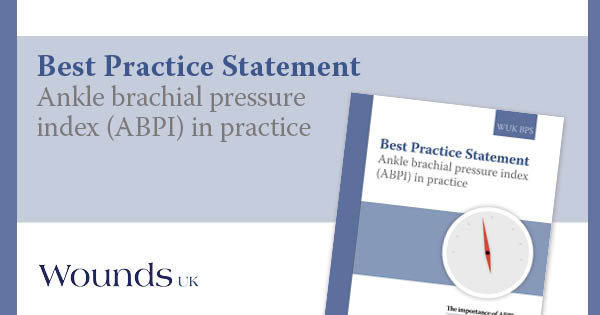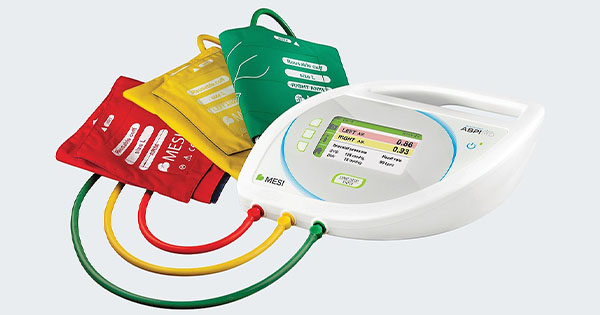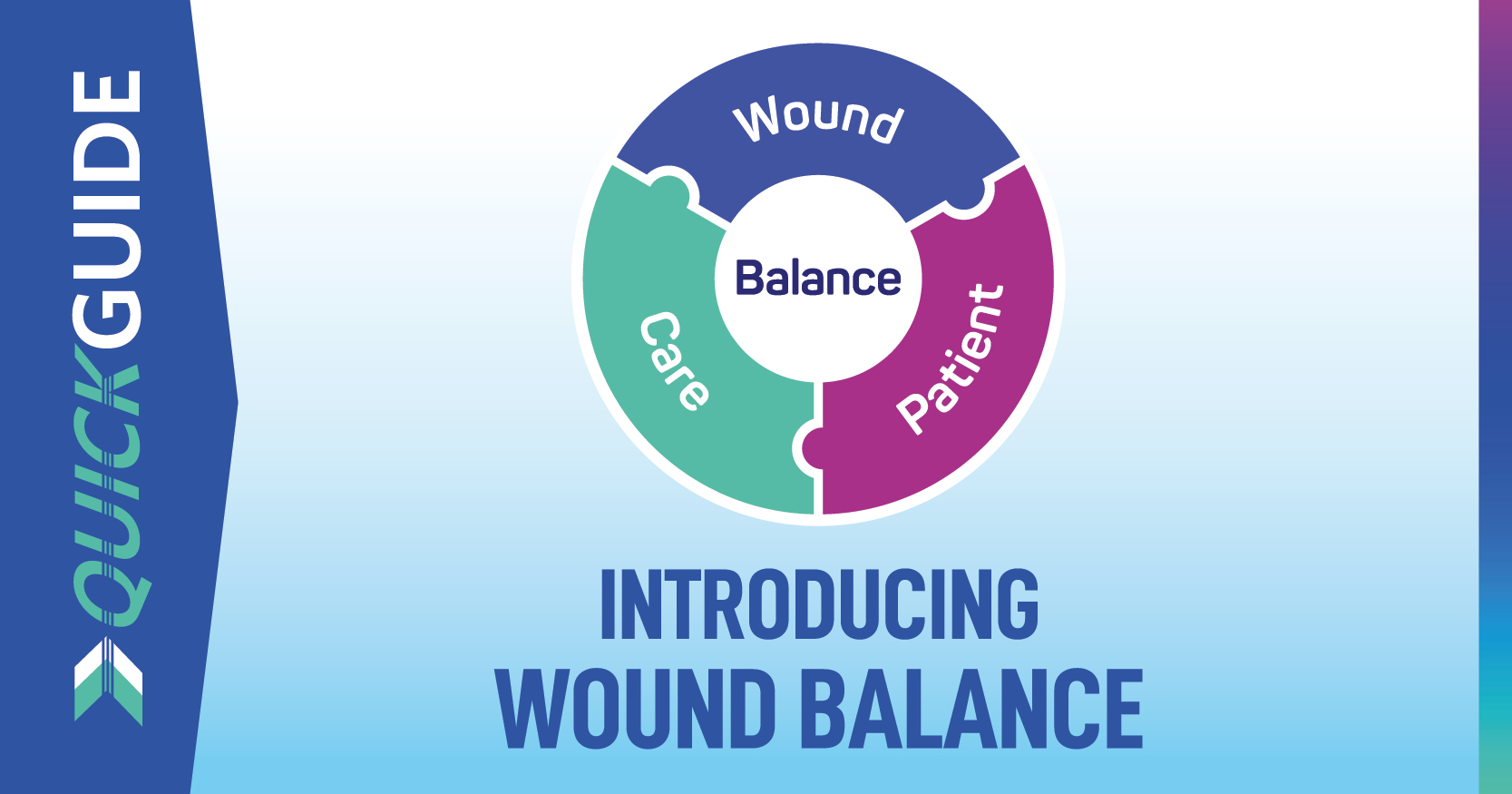The measurement of the ankle brachial pressure index (ABPI) has been identified as a crucial element of holistic assessment, which can enable early intervention and thus improve patient outcomes.
National data identified in the Burden of Wounds study (Guest et al, 2015; Guest et al, 2017) has demonstrated the cost of leg ulcers to healthcare systems, and proper diagnosis and early intervention have been shown to be key areas that require attention (Staines, 2018).
Gaps in practice have been identified and new developments in technology for ABPI testing – i.e. accurate automated assessment devices – may be beneficial in improving outcomes in practice (Dowsett & Taylor, 2018; Mullings, 2018).







